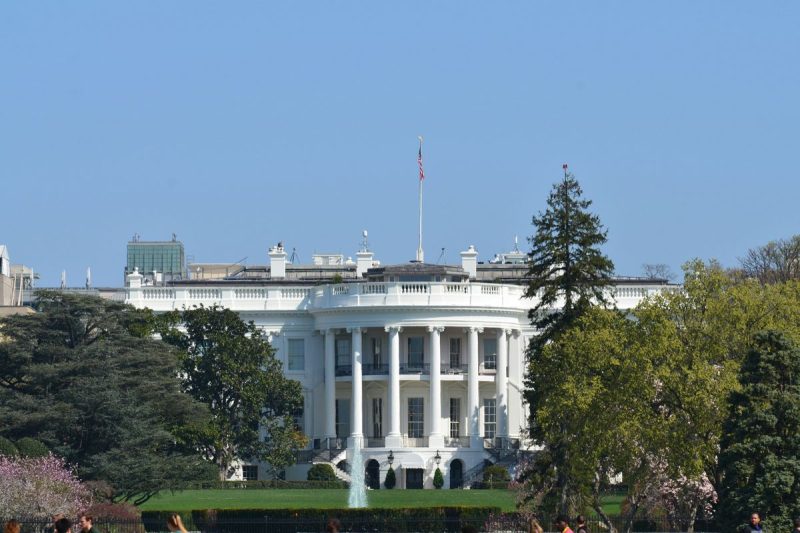
S&P Global: US Outpaced by Most Other Countries in Mine Development Times
A report published by S&P Global Market Intelligence reveals that the US lags significantly behind other countries in mine development times, impacting its ability to build strategic mineral resources.
The document reveals that it takes nearly 29 years on average for a US mine to progress from discovery to production, compared to 27 years in Canada and 20 years in Australia. Only Zambia takes longer at an average of 34 years.
This extended timeline puts the US at a disadvantage, especially as demand for the critical minerals needed for energy transition continues to rise. The report points out several key factors behind the delays.
Regulatory hurdles and litigation hinder mine development
S&P Global states that prolonged mine development timelines in the US can be partially attributed to complex regulatory frameworks. The firm notes that while Canada and Australia also face lengthy mine development processes, their mines reliably enter production, which is not always the case in the US.
For instance, the Lithium Nevada project, discovered in 1978, has not yet entered production. Projects like Michigan-based Copperwood and Maturi in Minnesota are also nearing two decades without reaching the production phase.
Litigation is also a significant hindrance for companies looking to bring US mines into production. The country has logged more legal disputes against mining projects than Canada and Australia combined.
US lags behind Canada, Australia on exploration budgets
The uncertainty in the US and risk of litigation have led to investors to lean more toward Canada and Australia, with exploration budgets being higher by 81 and 57 percent, respectively, over the last 15 years.
This underinvestment in the US is particularly concerning given its substantial endowments of critical minerals like copper, lithium, nickel and palladium, which are essential for the growing energy transition movement.
Notably, S&P Global points out that even though Australia is the world’s top lithium producer, the US has more than twice the amount of lithium reserves and resources.
Domestic supply chains key for security
As global demand for critical resources surges, the US’ reliance on foreign sources poses a strategic risk.
Currently, the US depends heavily on countries like Chile and Australia for its mineral needs. For instance, Chile alone accounts for nearly 70 percent of US imports of refined copper.
Without domestic supply, the US remains vulnerable to supply chain disruptions and geopolitical tensions.
With that in mind, the Biden administration has recognized the need to secure domestic sources of important commodities and has taken steps to address lengthy mine approval timelines.
For example, the Infrastructure Investment and Jobs Act includes provisions that prioritize energy and critical minerals research, and also allocates funds for mineral extraction.
In addition, the US has started trying to decrease its reliance on foreign imports, notably uranium, by allocating over US$2.7 billion to start up its domestic nuclear fuel supply chain.
S&P Global’s report includes several recommendations to further strengthen the US’ position.
One key suggestion is to streamline the regulatory framework, which could involve establishing a single, coordinating federal agency to oversee the entire mine approval process, reducing overlapping jurisdictions and minimizing delays.
The firm believes that increasing transparency and predictability in the permitting process would also help attract more investment and decrease uncertainty among investors.
Securities Disclosure: I, Giann Liguid, hold no direct investment interest in any company mentioned in this article.
